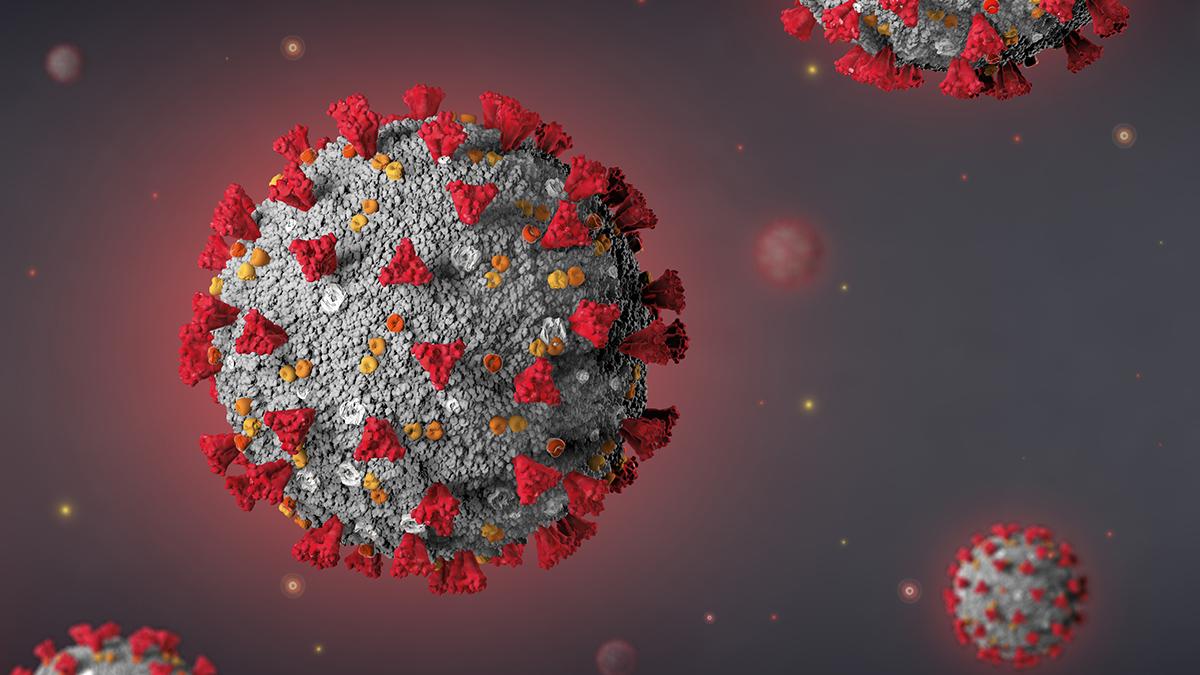Burgermeister
Diamond Member
- Jan 23, 2021
- 6,778
- 7,771
- 1,938
Summary of this study -
Introduction
In February 2021, New Zealand began its largest ever immunisation programme with the BNT162b2 mRNA coronavirus disease 2019 (COVID-19) vaccine.
Objective
We aimed to understand the association between 12 adverse events of special interest (AESIs) and a primary dose of BNT162b2 in the New Zealand population aged ≥5 years from 19 February 2021 through 10 February 2022.
Conclusions
A statistically significant association between BNT162b2 vaccination and myo/pericarditis was observed. This association has been confirmed internationally. BNT162b2 was not found to be associated with the other AESIs investigated, except for SOCV following the first dose of BNT162b2 in the 20–39 years age group only, providing reassurances around the safety of the vaccine.
Nothing will convince the vaxxers that this jab is dangerous, even though the evidence is piling up.
Introduction
In February 2021, New Zealand began its largest ever immunisation programme with the BNT162b2 mRNA coronavirus disease 2019 (COVID-19) vaccine.
Objective
We aimed to understand the association between 12 adverse events of special interest (AESIs) and a primary dose of BNT162b2 in the New Zealand population aged ≥5 years from 19 February 2021 through 10 February 2022.
Conclusions
A statistically significant association between BNT162b2 vaccination and myo/pericarditis was observed. This association has been confirmed internationally. BNT162b2 was not found to be associated with the other AESIs investigated, except for SOCV following the first dose of BNT162b2 in the 20–39 years age group only, providing reassurances around the safety of the vaccine.
Nothing will convince the vaxxers that this jab is dangerous, even though the evidence is piling up.
